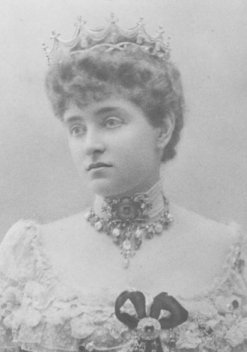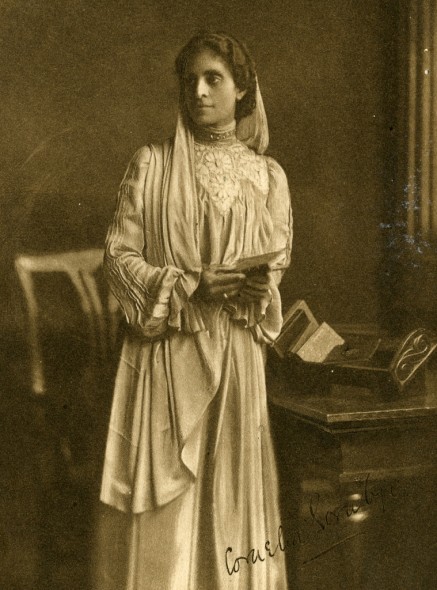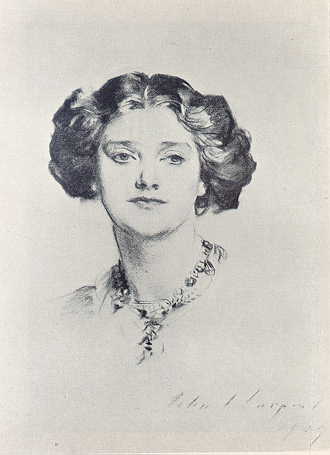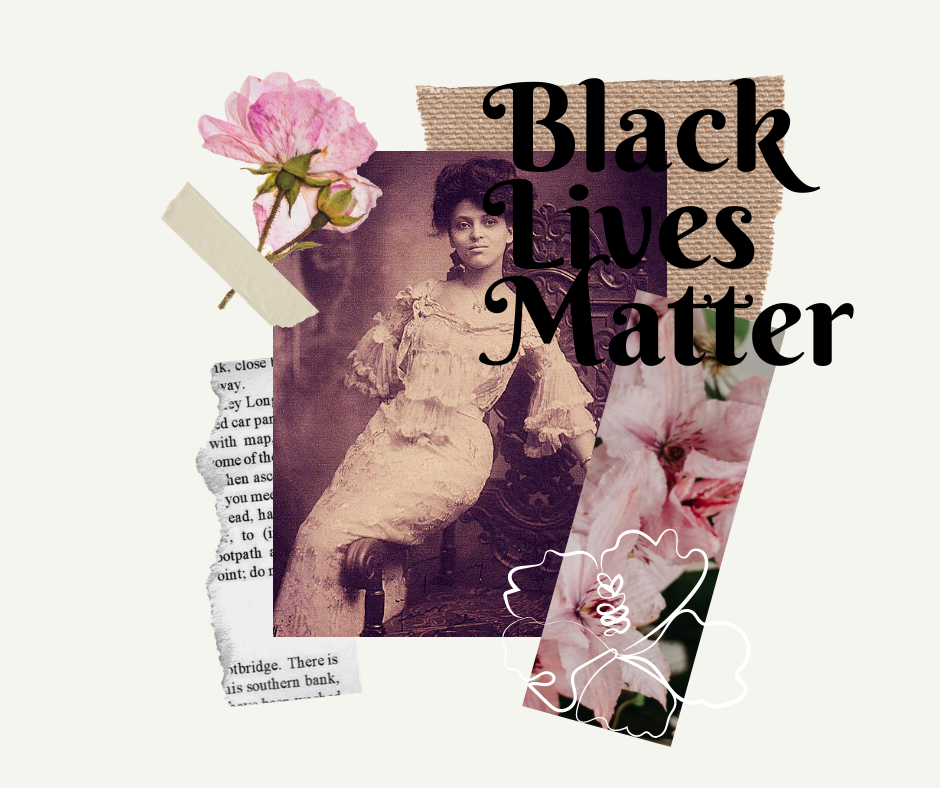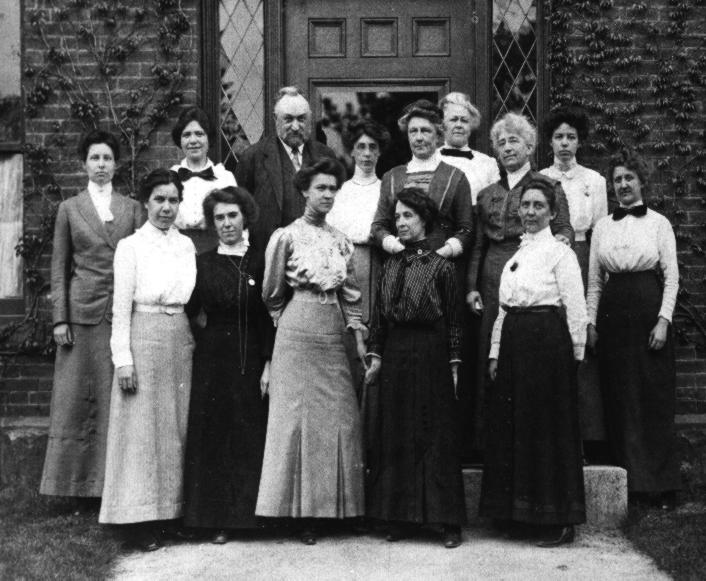
This year has been marked by the emergence of fantastic stories of women in science, most remarkable being the two books released this year about the role of women in the Space Race–Nathalia Holt’s Rise of the Rocket Girls and Margot Lee Shetterley’s Hidden Figures. Having spent the last two and half months of the summer working on a NASA facility, where I uncovered more stories of the diversity of our involvement with exploration of the heavens, I don’t know why I was so surprised by the story of women computers. After all, I mentioned them in a novel I completed a little over a year ago, where my protagonist visits the Radcliffe Observatory in 1910s Oxford.
“Astronomers,” wrote Helen Leah Reed in an article published in the New England Magazine in the 1890s, “have always welcomed to their ranks women of genius like Caroline Herschell, Mary Somerville, and Maria Mitchell; and various European and American observatories have of late years employed not a few women computers.”1 However, women astronomers only found two career paths open to them: as professors in women’s colleges, or as assistants in large observatories.2
The employment of women began in the post-Civil War era, and as the nature of business became more complex, this spurred the emergence of the white collar worker who was formally trained in basic business skills like bookkeeping and typing. These very skills were considered transferable to the skilled work of computing. Though women were frequently paid less than male white collar workers, by 1875, “one out of six hundred office workers was female, and within a decade, women would fill one out of fifty jobs.”3
The employment of women as computers by the Harvard Observatory began in 1875, when Anna Winlock approached the new director for a position. Winlock was the eldest daughter of Joseph Winlock, the former director of the Observatory and former superintendent of the National Almanac, who had died suddenly, leaving his family nearly destitute. She was hired at 25 cents an hour, and was soon joined by Selina Bond, the daughter of her father’s predecessor, and Rhoda Saunders, a recent high school graduate recommended to the observatory by the Harvard President.4
When Edward C. Pickering became the director, he accelerated the hiring of women computers, and by 1880, the entire staff was made up of women. Pickering was considered liberal for his hiring of women, but he continued to offer them half the pay of male computers, declaring “to attain the greatest efficiency, a skillful observer should never be obliged to spend time on what could be done equally well by an assistant at a much lower salary.”5 Some women were offered 30-35 cents an hour, but all worked “six days a week, averaging seven hours daily, which they could divide by spending five at the Observatory and two at home in afternoon or evening.”6 Later, undoubtedly experiencing a twinge of guilt over the excellence of his computing staff, Pickering revised his earlier statements on salary, protesting “against the injustice of using skilled personnel year after year on the same wage scale.”7
The government was slower to hire women computers, with only Maria Mitchell and another woman working for the Coast Survey and the Nautical Almanac in 1893, and the Naval Observatory not hiring a female computer until 1901.8 Nevertheless, the female computers at Harvard (soon dubbed “Pickering’s Harem” as a fond, yet very telling moniker that revealed opinions about women in the male-dominated field), made a number of stellar discoveries in astrophysics, such as “Mrs. Fleming’s discovery that variable stars of a certain type may be proved variable by the bright lines in their spectra, and Miss Maury’s discovery that Beta Aurigae is a close binary, proved so from the study of its spectrum.”9 Helen Leah Reed describes their work as falling into three responsibilities:
- Computing, based on the work of others. For twenty years some women have always been included in the corps of Harvard computers.
- Original deductions (not necessarily star-work). Work of this kind has been carried on chiefly by special students of the Harvard Annex. In this class of work must be named a longitude campaign—probably the only longitude campaign ever conducted wholly by women, whereby Miss Byrd and Miss Whitney determined the precise distance in longitude between the Smith College and Harvard College Observatories. Miss Byrd is now director of the Smith College Observatory, and Miss Whitney is Maria Mitchell’s successor at Vassar. In this second class of work may be included also the making of a standard catalogue of the stars near the North Pole by Miss Anna Winlock, the daughter of a former director of the Harvard Observatory.
- The Henry Draper Memorial work, and four other investigations, less extensive, though similar in kind to those provided for by the Draper fund.
Pickering’s involvement with women in the field was enhanced by the financial contributions of Mrs. Anna Palmer Draper, whose husband, Dr. Henry Draper, who was a pioneer in the work of photographing stellar spectra. After his death, Mrs. Draper “at first thought of establishing in New York, an observatory equipped with his superb apparatus, and liberally endowed for the purpose of continuing the investigations begun by him in spectrum photography. But, realizing the importance of similar experiments already going on at the Harvard College Observatory, early in 1886 she placed at Professor Pickering’s service Dr. Draper’s eleven-inch telescope, and furnished sufficient money to test thoroughly certain experiments recently begun by him.”10
The first year of the Draper Memorial work at the observatory satisfied Mrs. Draper to the extent of enlarging the scope of her endowment, and Pickering, his lab, and his computers were tasked with cataloging the spectra of all stars north of—200, of the 6th magnitude, or brighter; creating a more extensive catalogue of spectra of stars brighter than the 8th magnitude; and a detailed study of the spectra of the bright stars; including a classification of the spectra, a determination of the wave lengths of the lines, a comparison with terrestrial spectra, and an application of the results to the measurements of the approach and recession of the stars.11 Though the work was conducted under the direction of Pickering and his astronomers, the “examination of the plates, the measurement of the position and the brightness of the stars, the discussion of the results obtained from the plates, and the forming of catalogues from these results,” were carried out by Mrs. Mina Fleming and her eight assistants.12
Antonia Maury, a graduate of Vassar College, conducted her own experiments under the Draper Memorial namely, the “detailed study and classification of the spectra of the brighter stars photographed with the eleven-inch telescope.13 Maury examined the photographs of the stars “visible in the latitude of the Harvard Observatory and discovered that Beta Aurigae was a close binary revolving in four days. The doubling of the lines in the spectrum of this object [wa]s similar to the doubling of the lines in Zeta Ursae Majoris, discovered to be a binary by Prof. Pickering.” Maury also investigated the spectra of stars of the Orion type. Another computer, Eve Leland, “measured 40,000 stars of about the tenth magnitude uniformly distributed over the sky, and these measurements will be reduced to a uniform scale to furnish standards of stellar magnitude.”14
Harvard’s women computers also worked with international stations, such as the station at Chosica in Peru, established in 1889. This station “afforded unexampled opportunities for photographing the entire heavens from pole to pole….All the plates taken in Peru are sent to the Harvard Observatory, and are there examined as above described…[and] the records of two valuable original observations made at the Chosica Station by Messrs. S. I. & M. H. Bailey have also been reduced, catalogued, and prepared for the printer by the Draper Memorial women assistants.”15
Besides the “Draper Memorial” work, four other Harvard Observatory investigations were published with the aid of the women assistants.
- The catalogue of 1,000 stars within 10 of the North Pole (of these only forty are in other catalogues.)
- A study of the Pleiades. This group will probably always be used by astronomers as a test and means of comparison with the work of their predecessors. The Harvard Observatory aim is to furnish a measure of photographic brightness of a portion of the stars in this group, so that the results reached by other observers may be reduced to a uniform scale.
- Trails of equatorial stars. Here the object is to determine the photographic intensity of all bright stars within two degrees of the equator
- The enumeration of all the nebulae photographed in a given portion of the sky. This investigation shows the probability of a marked addition to the number of known nebulae. Photography has already greatly increased the limits of the nebulae in Orion. A few years ago, Prof. W. H. Pickering found this nebulous region to include the sword handle, and more lately it has been found to include a wide area extending north and south from this.
The scope of women’s work in astronomy was varied, but paid work was limited by the sexist conventions of the day. However, as seen with the release of the aforementioned books by Holt and Shetterley, the film adapatation of Shetterley’s book, as well as other stories that are emerging of women scientists of today and of the past, these “hidden figures” prove that our imaginings of the past will always be challenged and expanded! For more photos of Harvard’s women computers, visit Harvard’s collection of images devoted to the Observatory’s history.
- Helen Leah Reed. “Women’s Work at the Harvard Observatory,” The National Exposition Souvenir: What America Owes to Women, ed. by Lydia Hoyt Farmer, Buffalo: C. W. Moulton, 271. ↩
- Gabriele Kass-Simon. Women of Science: Righting the Record, Bloomington: Indiana University Press, 86 ↩
- David Alan Grier. When Computers Were Human, Princeton: Princeton University Press, 82 ↩
- Ibid, 83 ↩
- Ibid ↩
- Bessie Zaban Jones and Lyle Gifford Boyd The Harvard College Observatory: The First Four Directorships, 1839-1919, Cambridge: Harvard University Press, 390 ↩
- Ibid ↩
- Grier, 84 ↩
- Reed, 272 ↩
- Ibid, 274 ↩
- Ibid, 275 ↩
- Ibid ↩
- Ibid, 276 ↩
- Ibid ↩
- Ibid, 277 ↩

